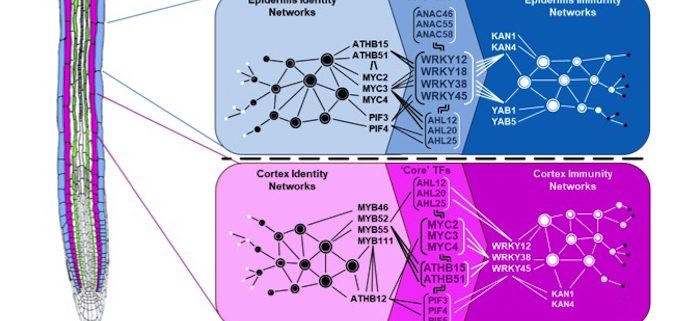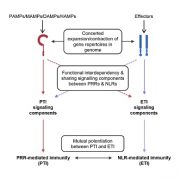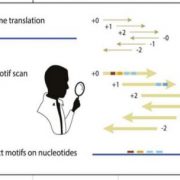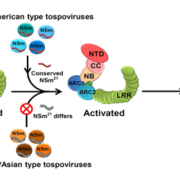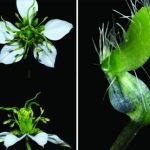Back to the Roots of Plant Immunity
Rich-Griffin et al. uncover cell type-specific gene networks that function in plant immunity in Arabidopsis roots. The Plant Cell (2020) https://doi.org/10.1105/tpc.20.00154
By Charlotte Rich-Griffin1, Ruth Eichmann1,2, Sascha Ott3,4,5 & Patrick Schäfer1,2
1School of Life Sciences, University of Warwick, Coventry, CV4 7AL, United Kingdom
2Institute of Molecular Botany, Ulm University, 89069 Ulm, Germany
3Warwick Medical School, University of Warwick, Coventry, CV4 7AL, United Kingdom
4Bioinformatics Research Technology Platform, University of Warwick, Coventry, CV4 7AL, United Kingdom
Background: Plant roots have diverse functions ranging from nutrient and water uptake to mediating interactions with beneficial symbionts and protection against environmental stress (including pathogen attack). Roots can conduct all these tasks because they consist of different cell types. Each of these cell types can be distinguished by their specific cell identity gene network, which determines their individual genetic program and thus their different functions. In this way, root cell types complement each other to support the overall diversity of functional tasks. Plant roots can be infected by pathogens that cause severe diseases or even kill the plant. To stop attacking pathogens, roots activate a complex genetic defense program to trigger an effective immune response. We were interested in understanding how immunity is activated in a complex tissue such as the root, considering the different functions of cell types. In this study, we used next generation sequencing together with cell sorting to determine root cell type-specific gene expression patterns.
Question: Do root cell types contribute differently to overall plant root immunity? If so, how are cell type-specific contributions coordinated to start an orchestrated and thus robust root immune response?
Findings: We observed that each cell type activated a different genetic defense program. Studying the underlying gene regulatory patterns revealed that cell identity networks determine cell-type specific defense programs. By this means, each cell type only activates immune responses according to its specific function in the root. This division of labor guarantees that roots are able to launch a diverse and highly effective immune response.
Next steps: We are now interested in understanding the importance of each cell type in overall root immunity against pathogens. This will help us to identify those cell types and their defense programs that are most effective in stopping pathogens.
Rich-Griffin et al. (2020). Regulation of Cell Type-Specific Immunity Networks in Arabidopsis Roots. Plant Cell DOI: https://doi.org/10.1105/tpc.20.00154


